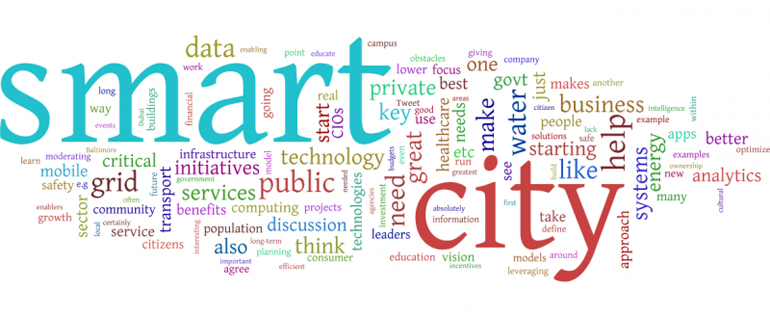Smarts and the City: Market Opportunity for Civic Technology
Adaptive lighting, smart parking meters, gray water outdoor urinals and much more
Growing urbanism holds inherent concerns about congestion, pollution, and other problems. And where there is a challenge, there is plenty of market opportunity – enter the rise of “smart city” technology. It’d be just plain dumb to ignore it.
Here’s an article by Laura Erickson, an Associate Director at swissnex San Francisco, – well worth reading:
Source: http://nextrends.swissnexsanfrancisco.org
September 30, 2013.
Have you noticed that your city is getting a lot denser? I live in San Francisco, the second densest urban population in the US, and since I moved here in 1995 the population has grown about 10 percent, with approximately 825,000 inhabitants now. Meanwhile, the geographic area has remained the same.
This urban population growth is reflective of a larger global trend. The UN predicts that by 2050 there will be nine billion people on planet Earth with 80 percent of them living in cities.
In response, city governments are increasingly investing in digital systems and living infrastructure to help manage the challenges of increasing congestion, pollution, and costs that come with this kind of growth. And where there is a challenge, there is plenty of market opportunity – enter the rise of the “smart city.” Let’s look at how cities are getting smarter and how hardware is booming with innovations in urbanism.
What is a smart city anyway?
As with most technology trends, getting a solid definition of the terms is difficult. But the phrase smart city typically refers to the wireless sensor networks and innovative technologies, both digital and analog, installed by a growing number of cities around the world.
The goal of smart city technologies is to improve quality of life, help grow the local economy, and save municipalities money by optimizing the flows of information, traffic, waste, water, and energy. In the words of Cisco’s chief globalization officer, Wim Elfrink, “The goal, of course, is to view technology as part of a holistic, services-oriented approach to revitalizing cities.”
A parallel trend in tech centers like San Francisco has many startups focusing on hardware innovations for cities. Accelerators like Lemnos Labs and HAXLR8R are popping up to provide targeted services for this new breed of entrepreneur.
Also interacting in this urban ecosystem are engaged and tech savvy citizens who take advantage of the data produced – and shared openly – by networked sensors to rapidly prototype applications that help navigate the urban ecosystem more easily or even more interestingly. To turn it from a concrete jungle into a digital playground, if you will. (And in fact, you can in the Urban Data Challenge!)
Read & watch more on concrete examples from the concrete jungle in San Francisco
